Digital Transformation.
Developing a systematized platform for an international hotel group.
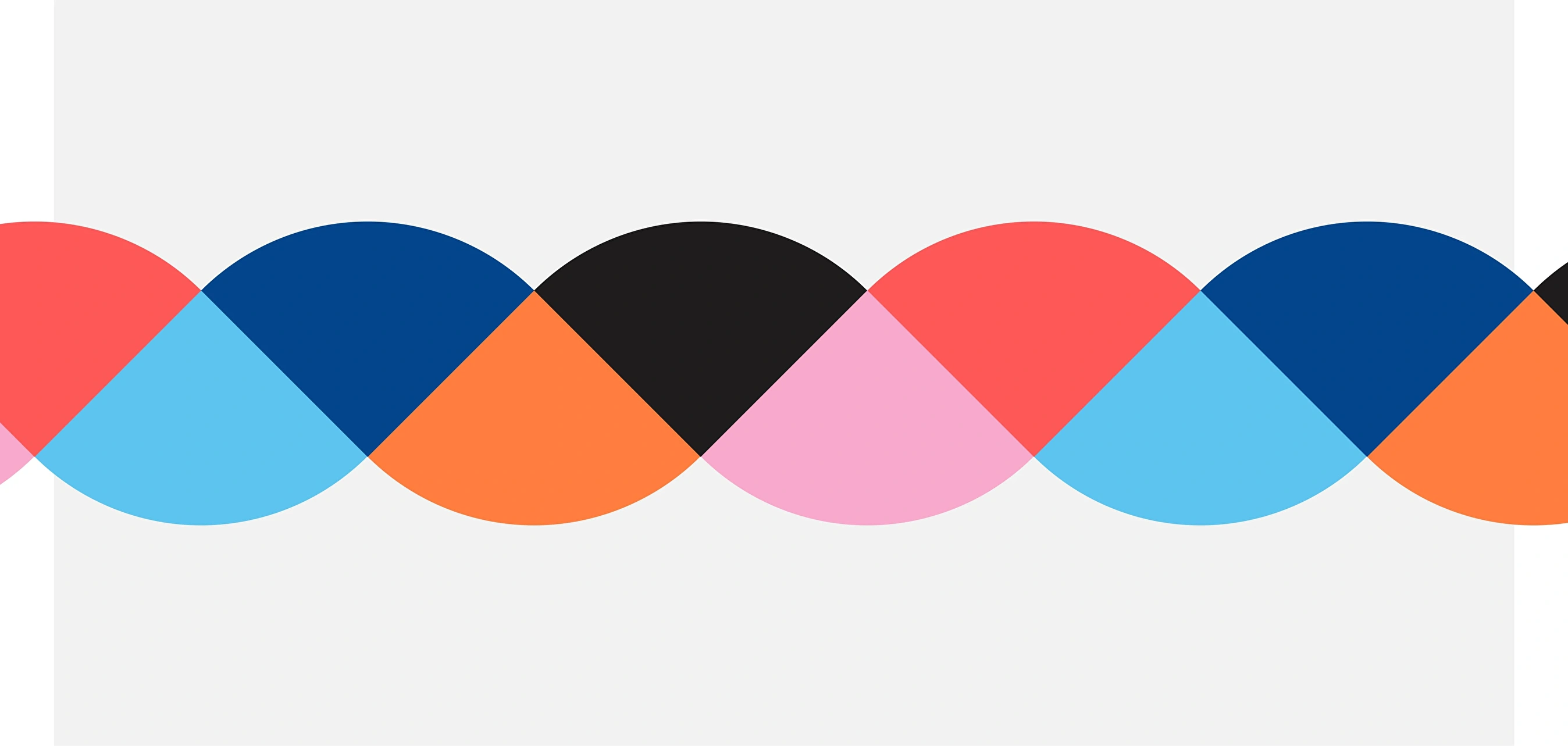
In 2021, we were chosen to lead a strategic project for one of the largest hotel groups in the world. We are unable to disclose the name of this hotel group due to confidentiality, but it has a vast presence in America and Europe and operates more than 100 hotels worldwide.
The main objective of this project was to turn the digital channel of the different hotel chains of the group into the priority sales and acquisition channel for both vacationers and businesses. We are committed to successfully carrying out this project and helping the company achieve its goals in the digital realm.
A deep dive into a complex project.
Our role in this project was to create and execute a development and implementation strategy aimed at improving the conversion and resource optimization of the corporate websites of 6 of the most important hotel chains in Central America, including all of their hotels.
The purpose of this story is to delve into the strategic approach that was crucial in defining the success of this large and complex project. We aim to share the key processes and the details of how they were carried out in order to overcome the challenges that arose during the project. By explaining the solutions from within, we hope to provide insight into how a project of this magnitude can be successfully executed.
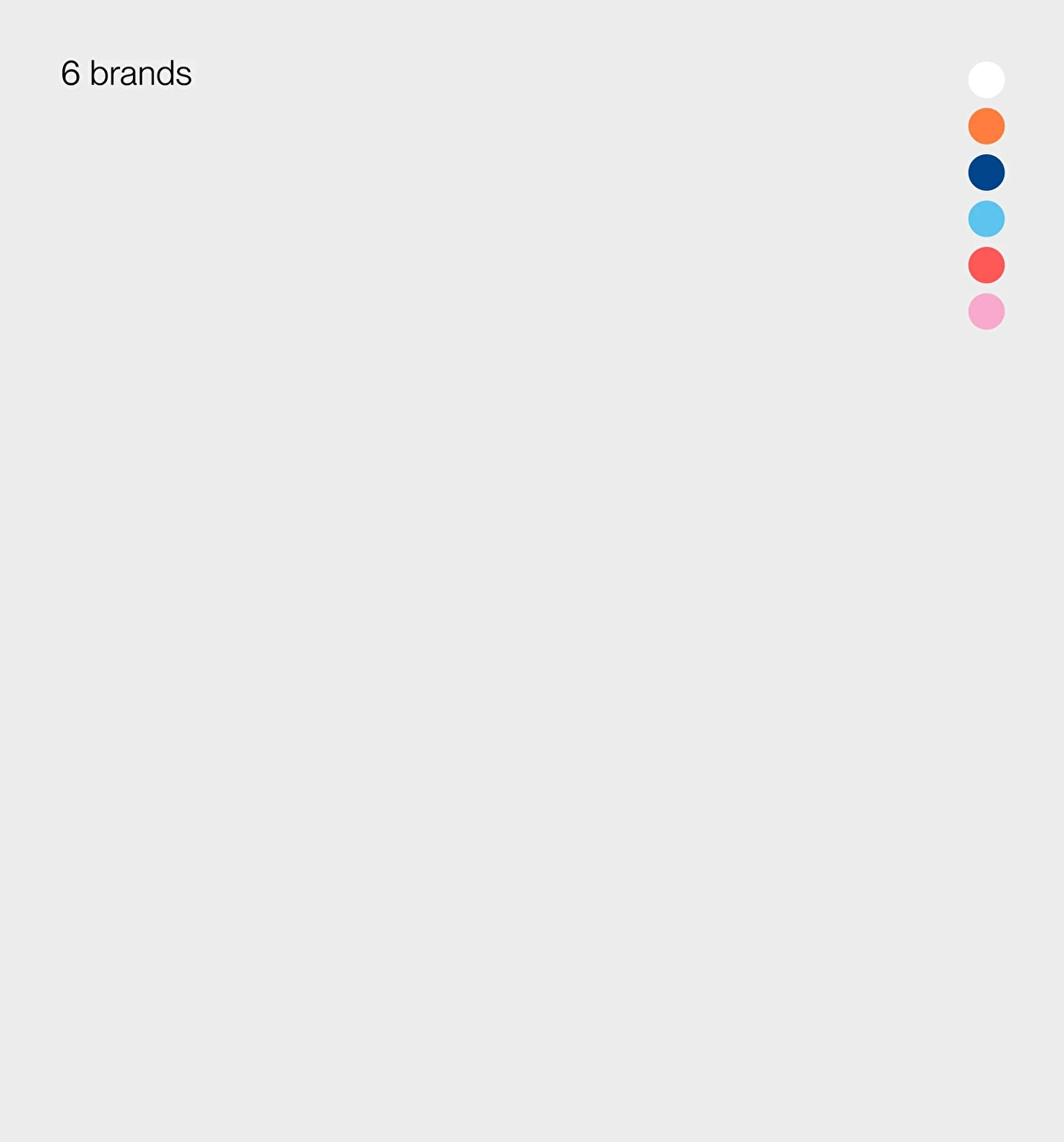
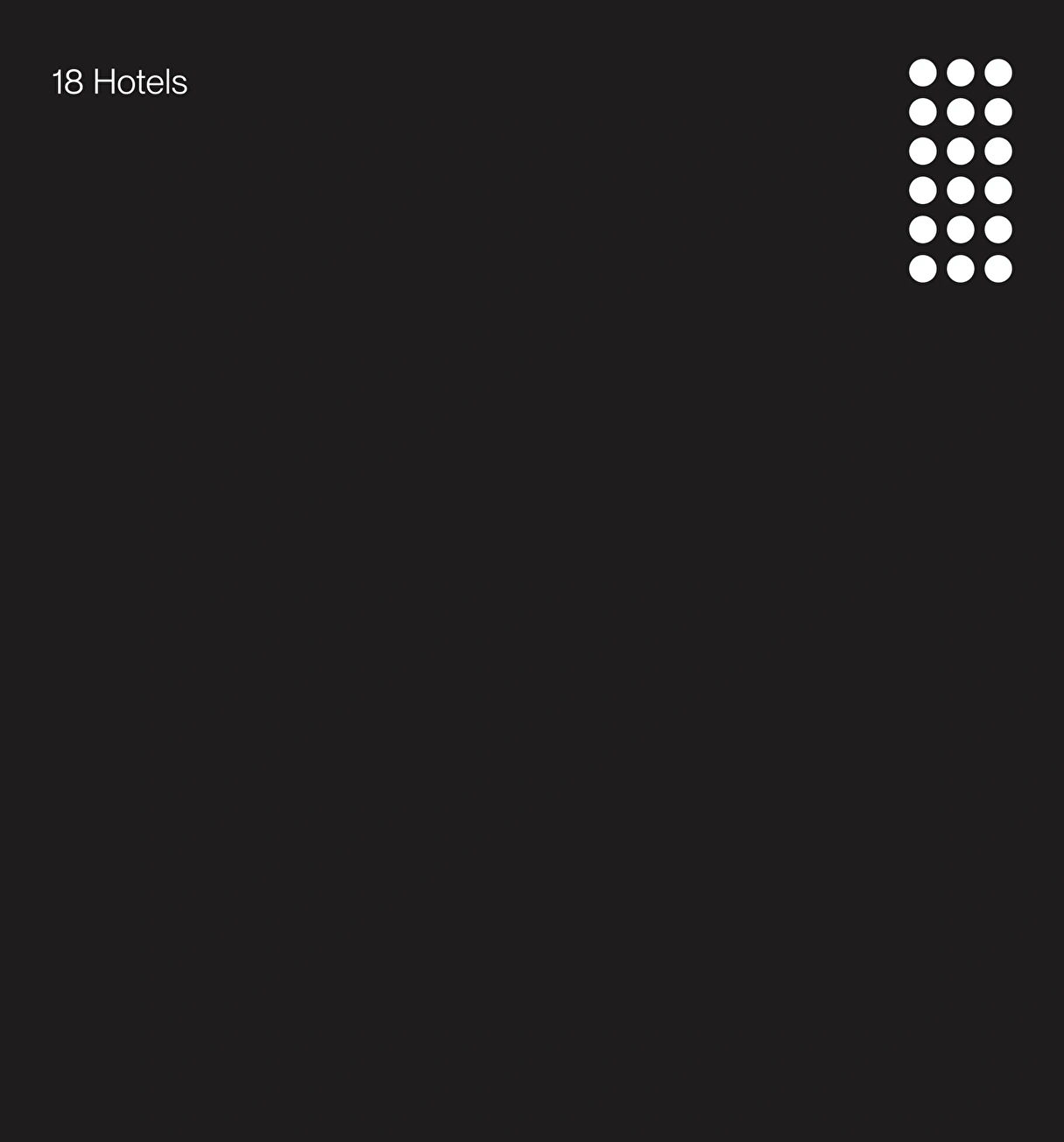
Maximizing
Synergies.
Every project requires a specific strategy that addresses its needs and ensures the attainment of objectives and delivery quality. In that huge and complex project, our priority was to create an efficient work process to ensure the viability of the project with reduced and realistic execution times, taking into account the overall needs of the project and each of its specific considerations.
We got down to work and designed a strategy focused on maximizing synergies and learnings from each stage, and on systematizing the phases of design, development, and implementation, with the aim of optimizing resources, accelerating project execution, and facilitating its management and future evolution and maintenance.
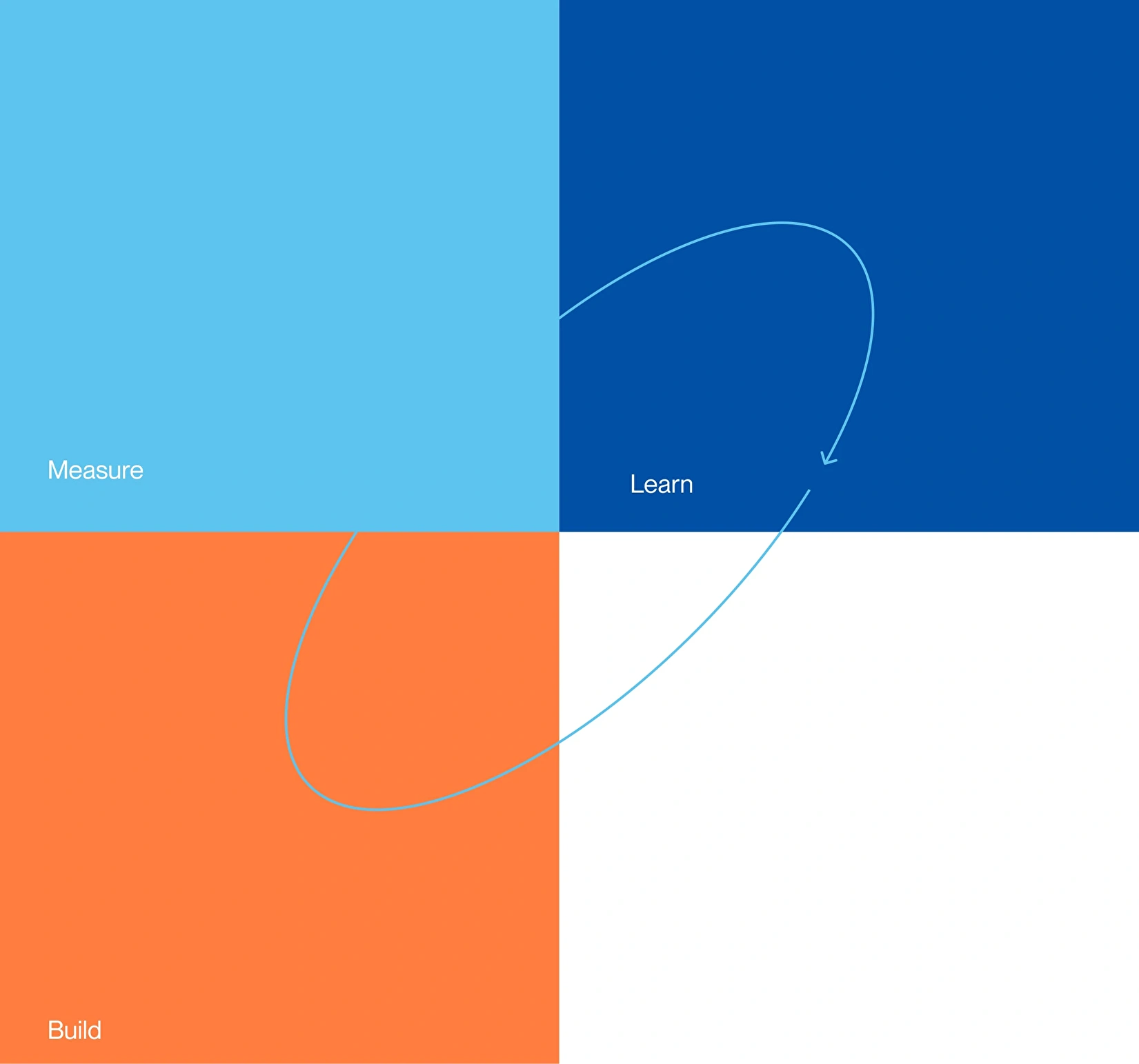
Analyzing user behavior and data for Website improvement.
During our extensive research process, we focused on analyzing user behavior in the client's current channels. We were particularly interested in understanding their browsing habits and data related to the goals we had set. To do this, we created markers to measure the most relevant metrics and user interactions, and closely monitored their data.
We used the latest version of Google Analytics (Google Analytics 4), which allowed us to collect detailed information through an event-based and parameter-based system, in a hierarchical, scalable, and user-friendly data structure.
We focused on obtaining specific data on how users searched for information, navigated the website, and interacted with the funnels that were important to our goals. We analyzed the data from multiple angles, considering factors such as device type, browser, time of year, month, day and hour, and traffic source channel.
We wanted to know what was working well and where there was room for improvement, so that we could establish useful guidelines for the design phase. To do this, we created a flow of information from analytics to the development team, feeding the design process with relevant data on user usage and the potential of implemented improvements.
Streamlining deliveries with a unified and adaptable Design System.
We wanted to ensure that our deliveries were excellent by using our resources wisely and optimizing our processes. To achieve this, we first identified the specific needs of each website and mapped out how people would use them.
We designed a unified and flexible design system that could be used across all websites and easily adapted to meet the unique needs of each one. By integrating the design system with the visual branding of each website and programming it with VueJS, we created a customized component library for each brand and their hotels.
(Note: We want to thank Plastic's external team for providing us with the visual design for each website!)
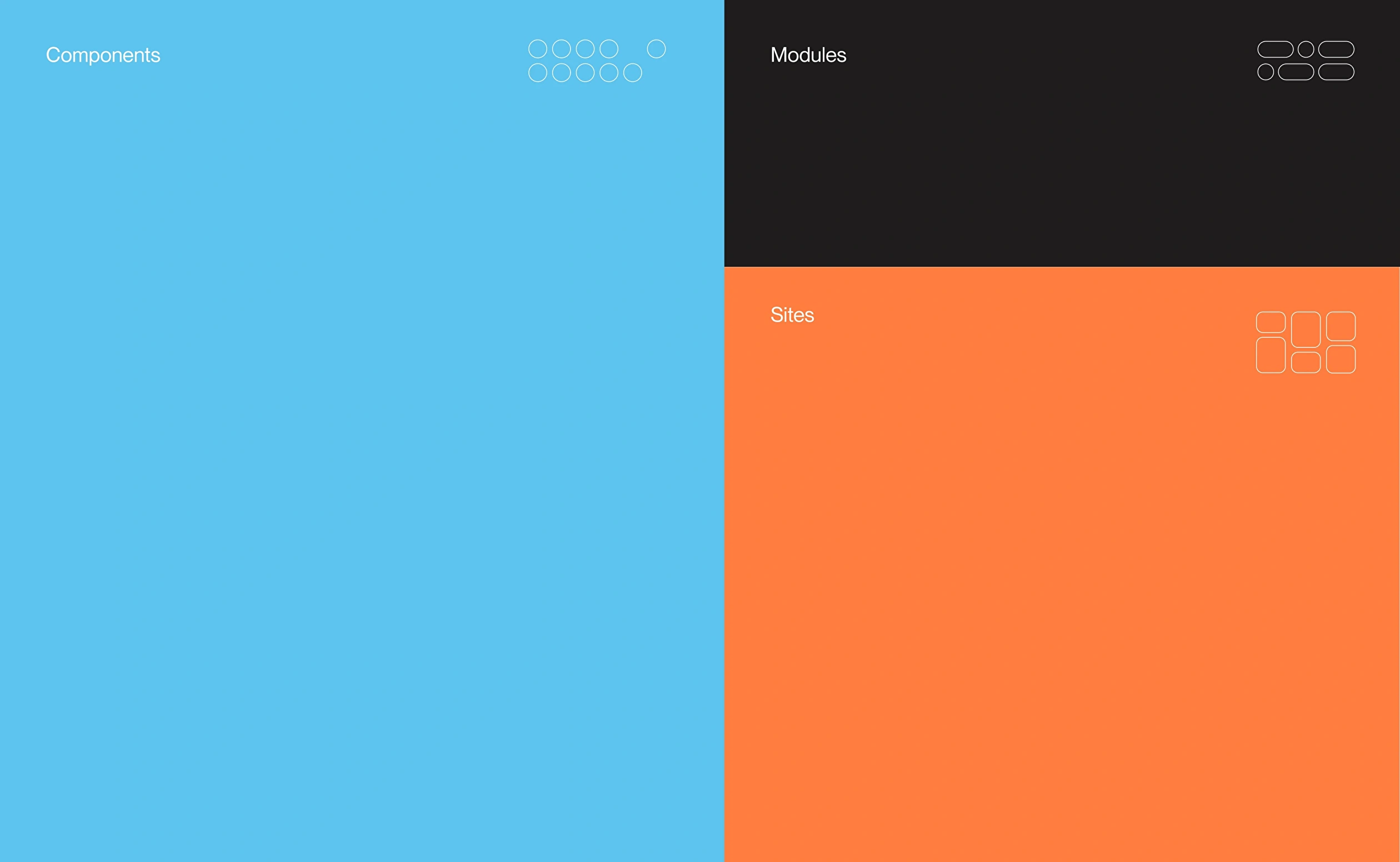
Consistency, tracking progress, and ongoing improvement. We began by using a reliable and effective model that fulfilled all the requirements of the project, which allowed us to create customized versions to meet the specific needs of each project. This approach enabled us to work more efficiently without compromising the quality of our work.
Plus, we got to scrutinize every aspect of the model, see how it was doing, and pinpoint where we could do better. The best part? Any improvements we made could be implemented across all hotel sites with no hassle.
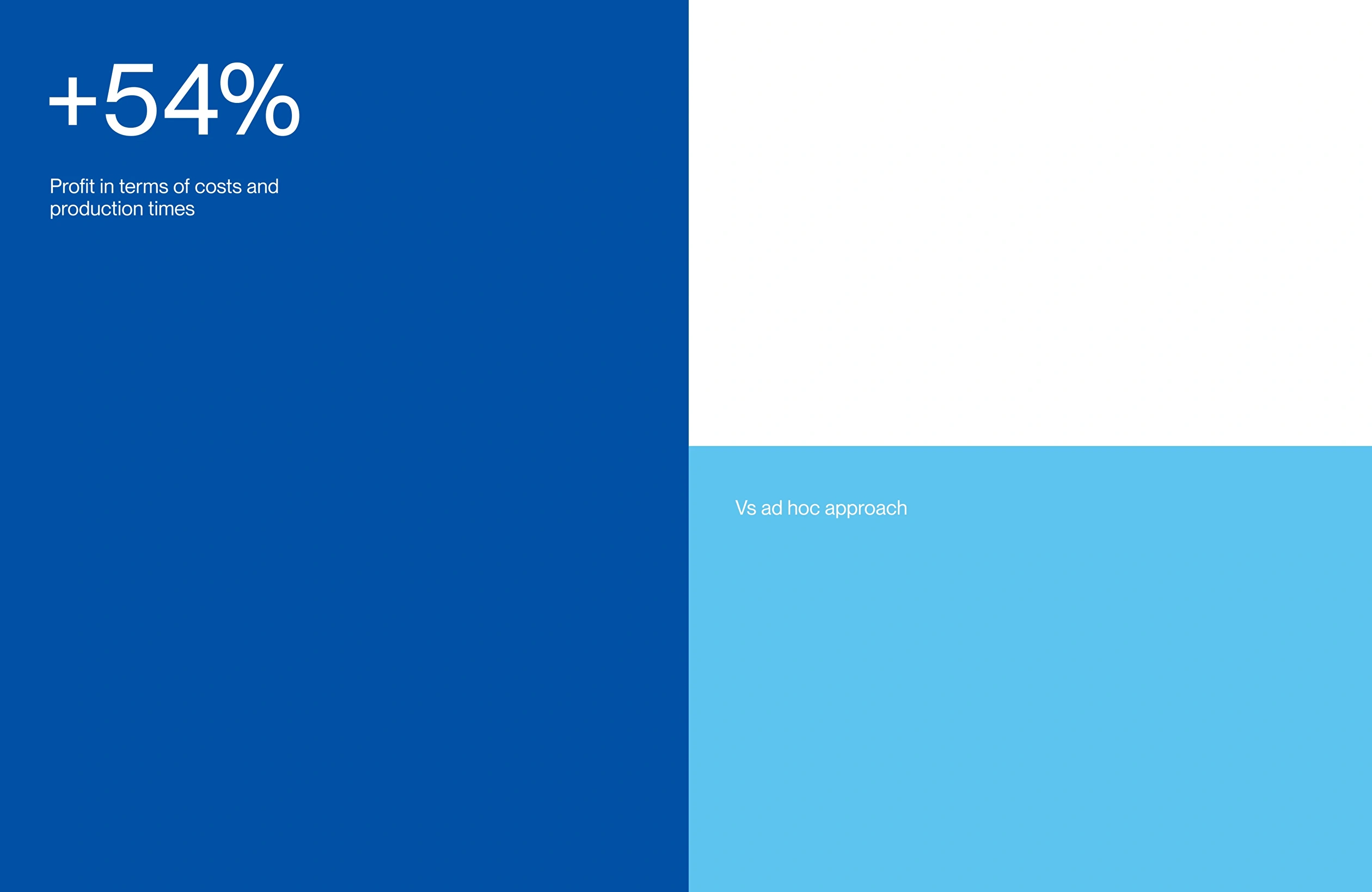
The technical section. Strategic and results-oriented approach.
To accelerate the development process, we used Strapi CMS and created a component library that enabled us to create new pages according to the company’s needs. Additionally, we focused on integrating the client’s ERP and booking tools. We began the project by developing a master website and then adapted it to each individual hotel group through specific adjustments in each business model. We integrated each hotel’s front-end component with the website through an API to ensure its customized functionality.
Our work on this project focused on using technologies such as Strapi and creating an API architecture to optimize development resources, and provide personalized and functional web pages for each hotel. As part of the DevOps team, we worked collaboratively with the company’s IT team to design server architecture, establish a governance and a deployment system for the website in different environments.
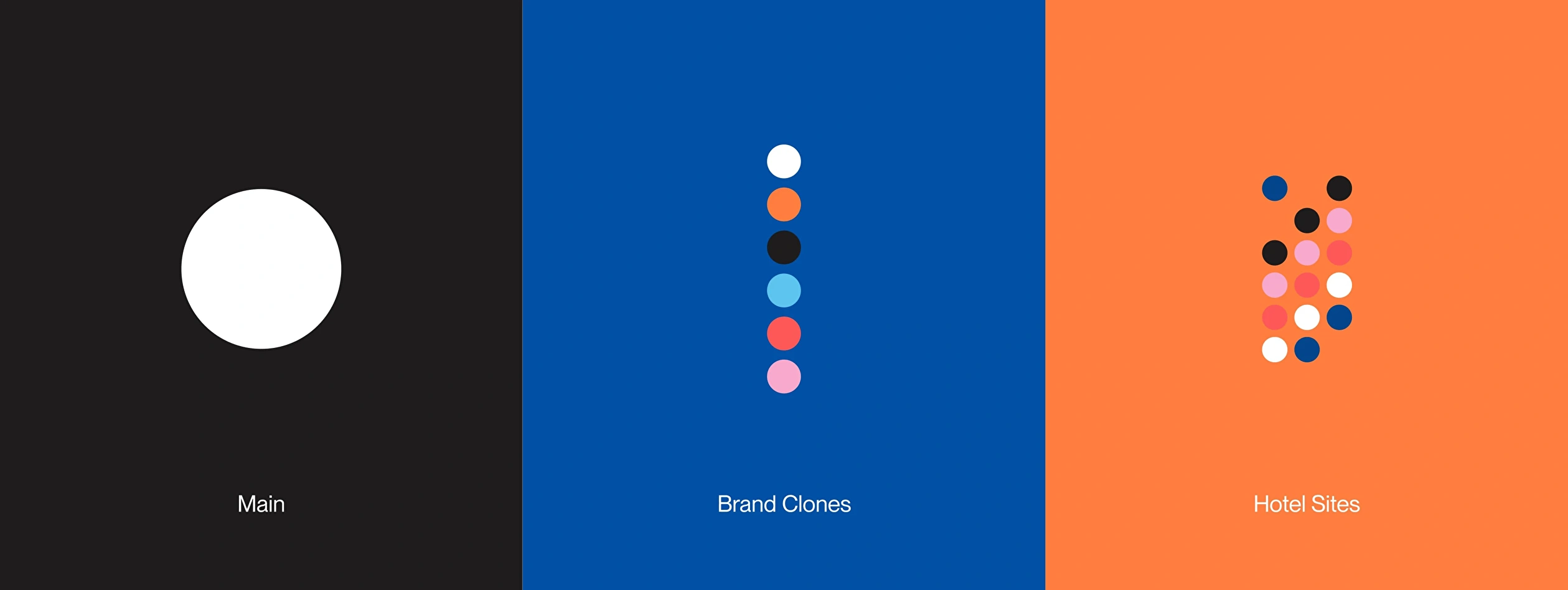
The project at a glance.
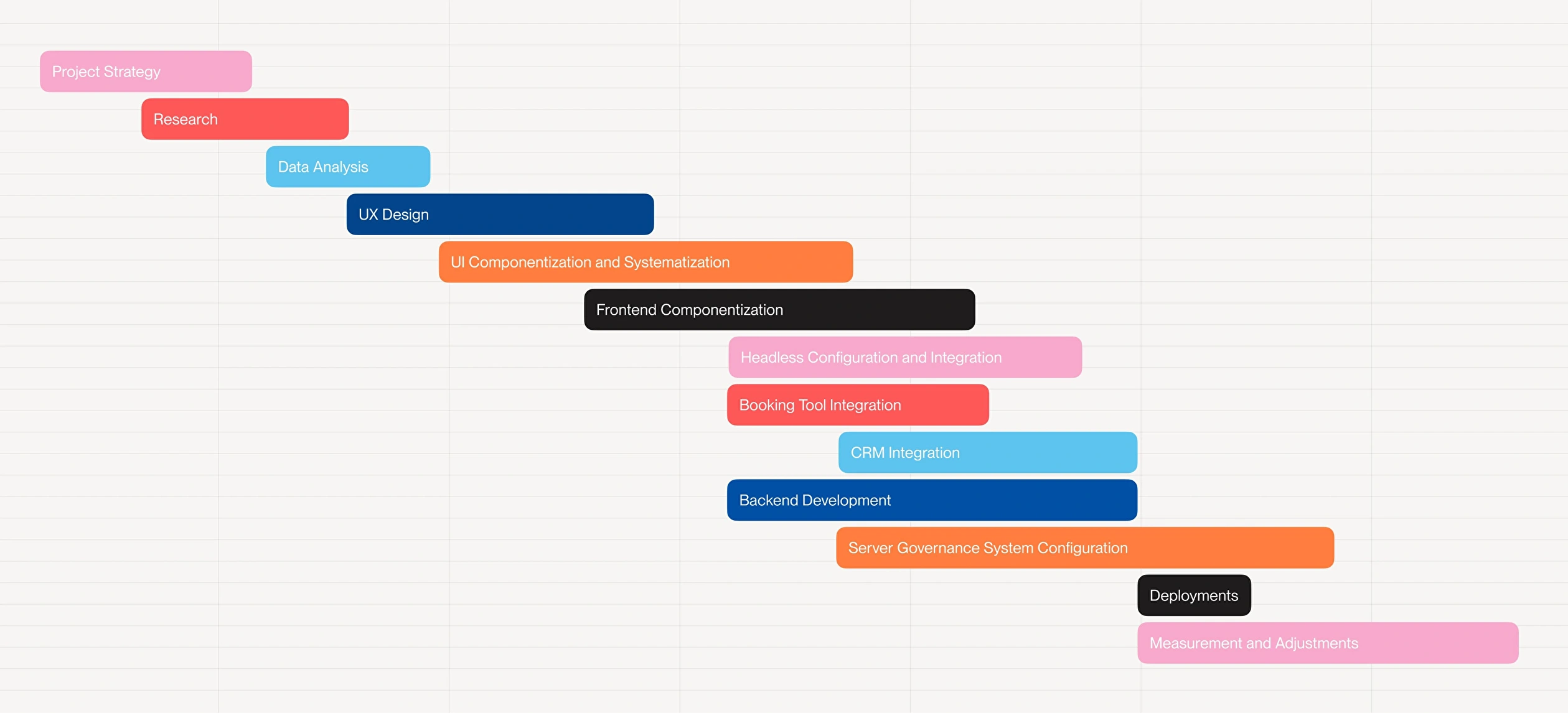
Carrying out a complex and large project can be a challenging task, but if goals are properly weighed and resources are well organized, everything can turn out well. The key is to work with a solid plan, make adjustments and improvements along the way, and maintain effective communication among all team members.
In the end, the success of the project will depend on the dedication and effort of each of those involved, but with the right attitude and a strategic approach, any project can be a resounding success.
If you’re interested in a project like this, drop us an email to hello@plastic.design
We would be happy to hear from you.







